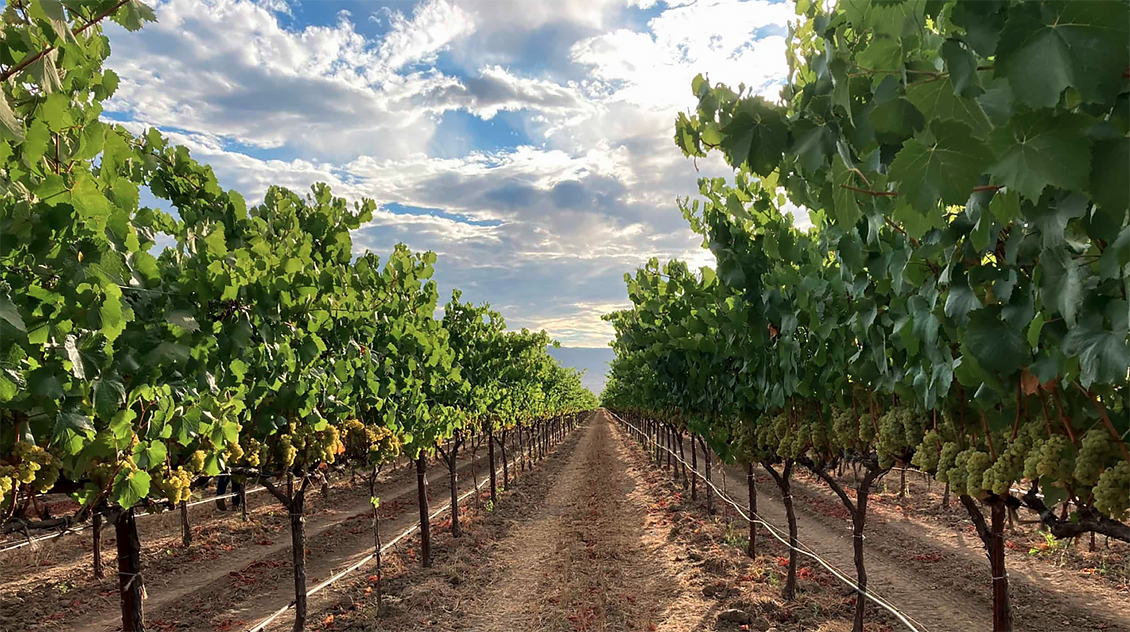Deep ruby color; cherry, boysenberry, raspberry, blackberry, plum, fig, vanilla, chocolate, cinnamon on the nose and palate.
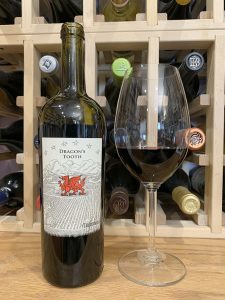
Dry; relaxed tannins and acidity. Medium body. Smooth easy drinker. Rich, earthy. Beguiling nose. Blend of 53% malbec, 34% cabernet sauvignon, 8% merlot, 5% petit verdot; 100% estate grown. Built to please while adroitly avoiding blah, meh, and insipid. The extended finish, where the oak notes of chocolate and vanilla appear, gives it dessert-like complexity after the initial red fruit sonata-allegro. Well-constructed wine symphony. 14.55 ABV
The winery has quite a history and is, literally, foundational Napa Valley royalty. Built in 1886, in Napa’s first golden age. The fully restored winery is the only 19th century, wooden, three-level, gravity-flow winery in the valley. The Goodman Brothers commissioned the winery across the street from the Oak Knoll train station. It was designed and built by Captain Hamden McIntyre, who also built Inglenook, Far Niente, Greystone, Beaulieu, Chateau Montelena, Frog’s Leap and others. First named Eshcol, it is considered McIntyre’s greatest work in wood.
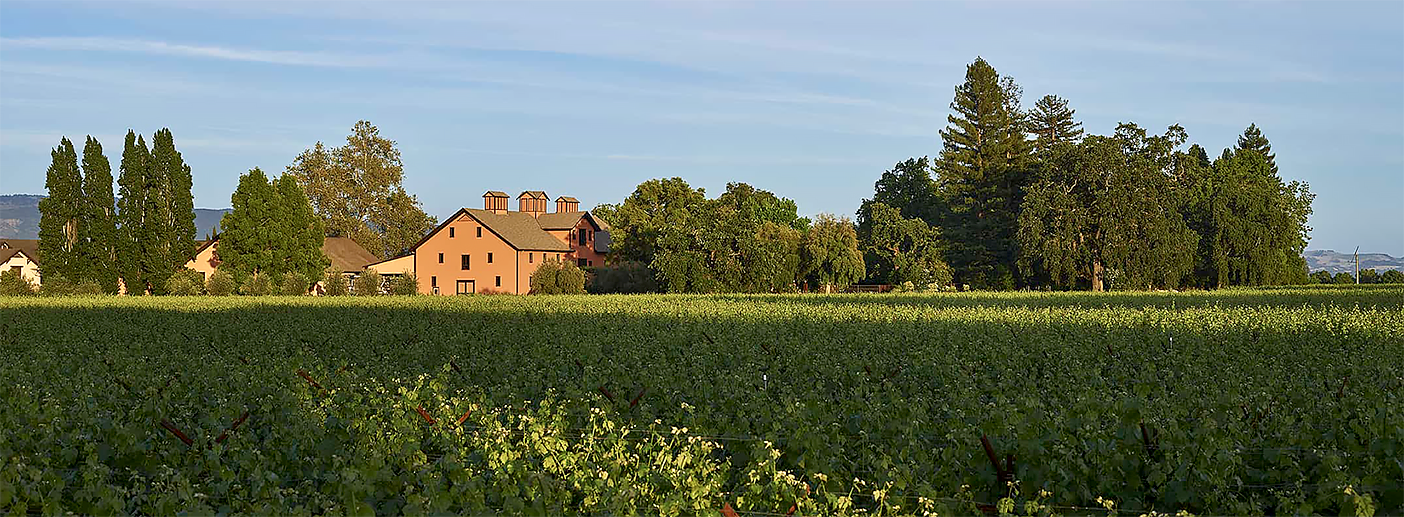
The winery soon faced phylloxera headwinds. There were more than 20,000 acres of Napa vines in 1890. By 1900, there were, maybe, 3,000. James Fawver took over property management. In 1904, he purchased it. By then, Eshcol virtually was the only active vineyard/winery between Carneros and Yountville. With new, phylloxera-resistant plantings, the wine operation was successful until the idiocy of Prohibition in 1919. Wounded, but not slain, the winery soldiered on as a grape farm, making grape bricks that people could turn into wine if they carefully followed instructions on what they were not supposed to do with the grape brick.
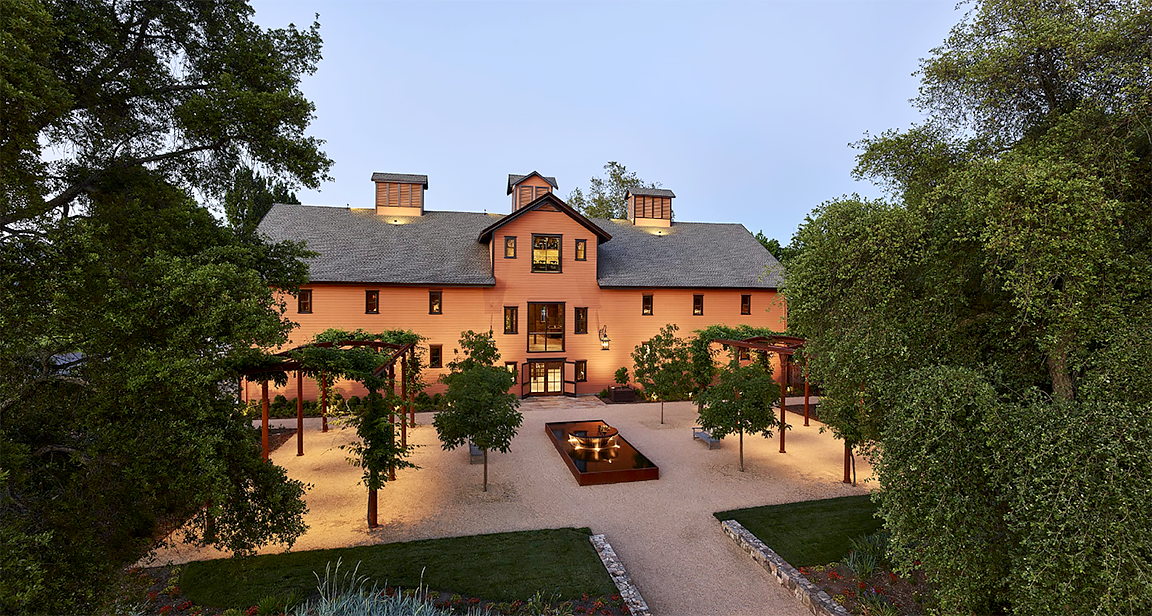
Prohibition ended in 1933, and Eshcol went back into wine production. Fawver died in 1940 and his widow leased the Eshcol property to Beringer, who principally made sweet dessert wines. Eugene and Catherine Trefethen came to Napa in 1968. There were fewer than 30 operating wineries at the time. The Eshcol facility was in disrepair. That was a mere piffle to Eugene. He had just ended an historic career at the top of the Kaiser Corporation where he successful met challenges ranging from production of Liberty ships and Willys Jeeps for World War II, to the construction of the Bay Bridge and Hover Dam, and the development of Kaiser Permanente to provide health care for millions.
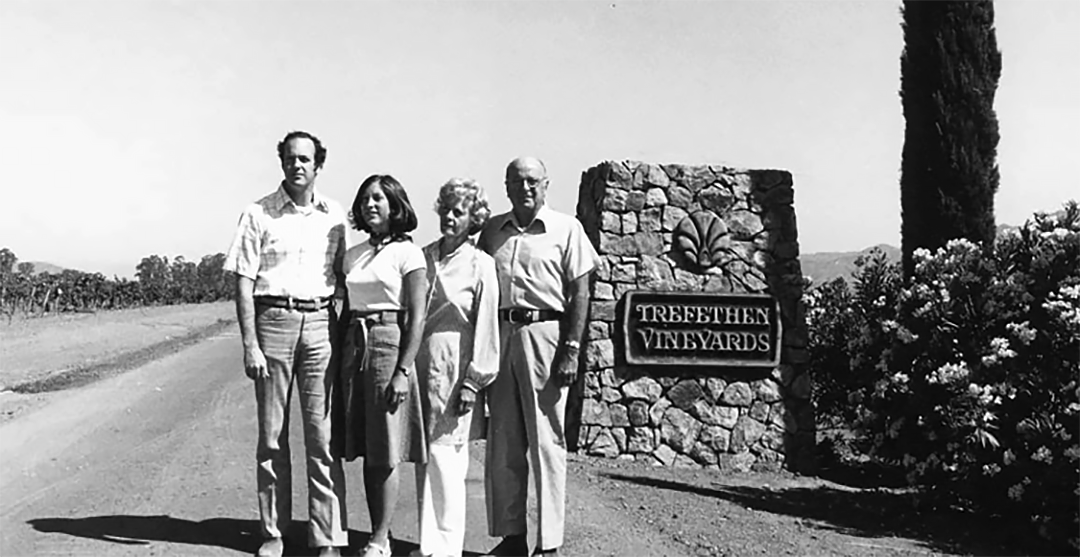
Trefethen’s purchase of the Eshcol estate was conditioned on passage of legislation establishing the first protected area for agriculture in America: the Napa Valley Agricultural Preserve. Catherine planted a magnificent garden in the middle of the estate which still provides produce and flowers for the operation today.
Trefethen Family-Lorenzo, Hailey, Janet, John
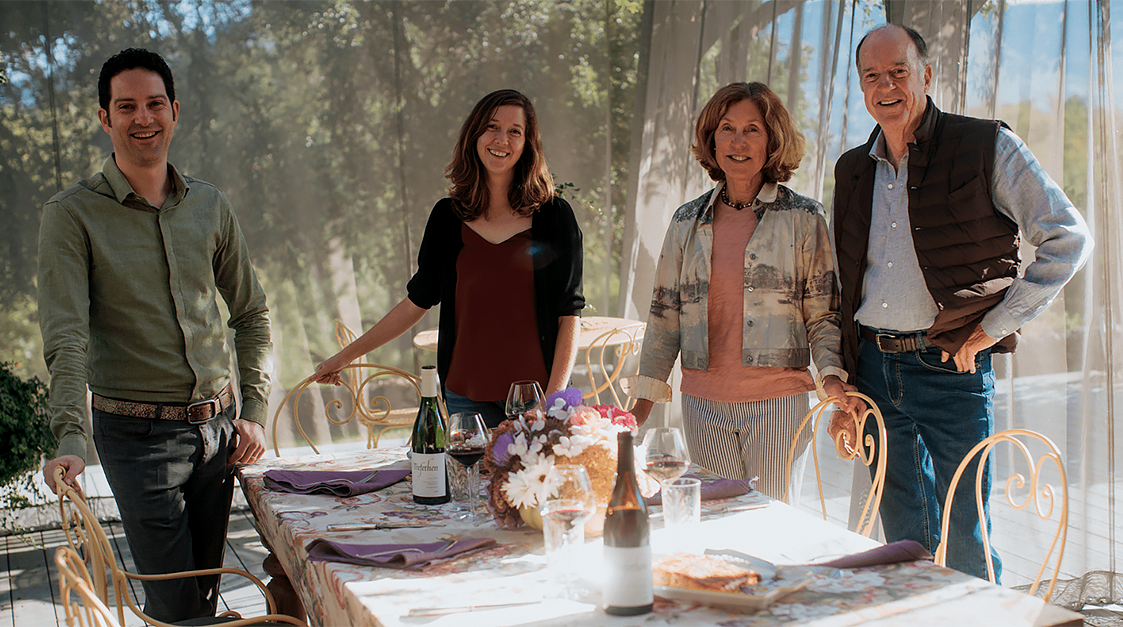
The Trefethen’s son, John, and his wife, Janet, are co-founders of today’s operation. They became central figures in the rise of Napa wine. John was the founding president of the Napa Valley Growers and later Napa Valley Vintners. Janet hosted the Napa Valley Cooking Class for 25 years and was major force in the establishment of the Oak Knoll District.
In major development, in 1979 Trefethen’s chardonnay was crowned “The Best Chardonnay in the World” in Paris. The French restaurant publication Gault&Millau’s Le Nouveau Guide organized a competition as a counter to the French shock of the 1976 “Judgment of Paris” where Napa wines were judged superior to French. The “Olympiad du Vin” was organized to restore order in the wine universe. Well, no. Trefethen chards were crowned “The Best Chardonnay in the World”. So, France organized another Wine Olympics for the following year. THIS time French honor certainly would be restored! The Trefethen’s chardonnay came away with highest honors again. Whoops. And so it has gone.
The website notes: “The doors were now wide open, and, over the ensuing years, Napa Valley came to be seen as one of the great winemaking regions in the world, surpassing even the vision of those early Napa pioneers, the crazy ones who ignored what everyone knew, and set out to see for themselves just what was possible.”
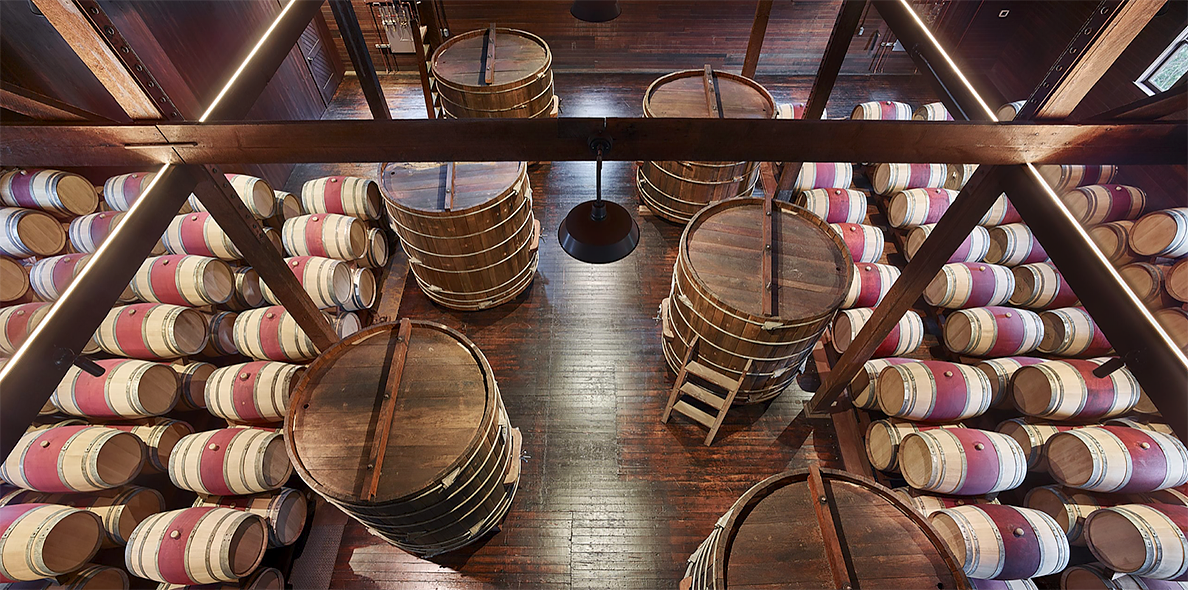
Today, John and Janet have turned over active management to their children, Lorenzo and Hailey. Jon Ruel is the CEO. Bryan Kays is the winemaker. Brendan Brambila is the director of viticulture. The winery has a long-established commitment to philanthropy. The website notes: “The family members have been longtime supporters of Auction Napa Valley, which has raised over $200 million for our local community, with a focus on children’s education. In addition, they were founding vintners at the Sun Valley Wine Auction, which supports transformative arts and educational experiences in Blaine County, Idaho. And they look forward to Harvest STOMP each year, the Napa Valley Grapegrowers’ annual benefit for the Napa Valley Farmworker Foundation which supports Napa’s vineyard workers and their families through education and professional development.” Good wine. Good people.
Trefethen Family Vineyards Dragon’s Tooth Napa Valley Red Wine 2020 has impressive complexity. Non-threatening easy drinker with, still, a tiny tick of attitude. Intriguing, and extended, finish with chocolate and toasty oak flourishes. Very approachable while still presenting complexity, layers, and a few pleasant and intriguing surprises. Pair with lamb with rosemary; pork—baby back ribs, sausage, carnitas; beef. Cheese—asiago, muenster, gouda, brie, gorgonzola, camembert, cheddar. $40-60
Trefethen Family Vineyards website
